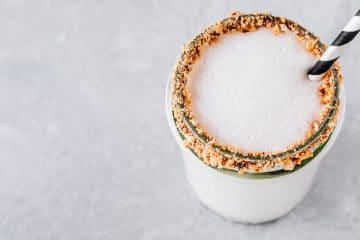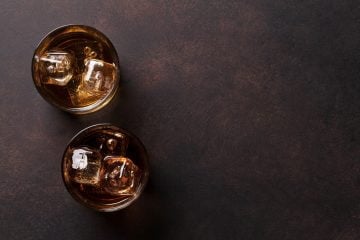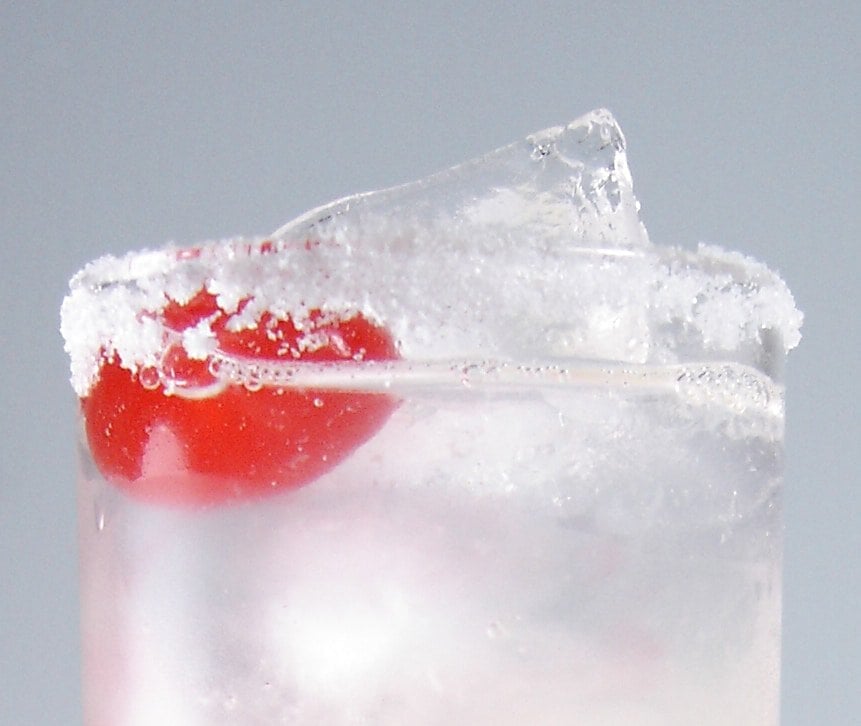Print Edition is now available on Art of Drink for $10.95 plus it included a free eBook edition – Fix the Pumps
This past October marked the 4th year I’ve been posting on Art of Drink, this being the 459th post. Last year I decided that I should do something a little more cohesive like write a book. Deciding on a drink related topic, that hasn’t already been done, can be a bit daunting and writing a cocktail guide was out of the question. I toyed with a couple of ideas but then fate smiled upon me and plopped the topic in my lap after Chris McMillian asked me a question during Tales of the Cocktail.
The best way to forge an idea for a book is to immerse yourself in the topic. Circling around the Carousel Bar, during Tales of the Cocktail and having a chat with one of New Orleans esteemed bartenders should be enough inspiration for anyone.
I had wandered into the Carousel Bar, as most people do, and noticed Chris McMillian riding around on the perpetually moving bar, so I waltzed along to say hello. During the confab, Chris asked me about using phosphoric acid in cocktails, since it was once used in soda fountain drinks. I had heard of “phosphate sodas” before, but only in brief passages and had never given them much thought. Chris explained a little more and then mentioned “acid phosphates” which changed my thought process to chemistry.
The Carousel Bar was a loud and busy place during Tales of the Cocktail so a deep scientific discussion was not in order. I told Chris I would look into phosphoric acid’s use in drinks and get back to him.
Five months later, a detailed answer to Chris’ question, and much more, was compiled into this book.
The inspiration didn’t kick in for about a month, and I was originally going to just publish a couple of blog posts detailing my discoveries on acid phosphates, but the information was more than just the drink, it was a whole category of drink. Further research made me realize that this was a lost category of drink. A bold statement for sure, but when was the last time you had a Chocolate Phosphate, Ambrosia Lactart, Piff Paff Puff or Egg Soda?
After reading a half-dozen pre-prohibition books on soda fountains, it became clear that what we call soda-pop today vaguely resembles its historical predecessors. Even the mental picture people have of a soda fountain is nothing like the original structures. With all of this information in hand, I decided to assemble it into a cohesive document.
Things began to come together and the history of the soda fountain started to unfold. Not only did the research answer questions about soda, the research intersected with the world of bars and cocktails, bring about a new perspective on the development of alcoholic drinks.
Many vintage cocktail books hint at the meshing of the saloon and soda fountain, with references to drinks like the Angostura Phosphate, Soda Cocktail and the whole class of fizz drinks, but never explicitly make a link. But if you think about it, carbonated water was first served at soda fountains, not bars.
The research started answering odd questions about the history of cocktails. For example:
- Why did the cocktail–the traditional morning drink of America for over 80 years–suddenly turn into an evening nightcap around 1885?
- Why were bitters a key ingredient in cocktails?
- What was the inspiration for the Ramos Gin Fizz?
- What happened to bartenders during prohibition?
- Why did cocktails become so sweet? (not just bathtub gin)
Beyond the historical aspects, there was a significant amount of material on techniques and recipes. The soda fountain was comparable in many ways to saloons, even in raising the ire of the temperance movement.
Even though soda started off independently of alcoholic drinks, the two drink categories became intertwined. It can be seen in bars today, but very few people realize how influential the soda fountain was on the modern bar.
There was even a slanguistic language used by soda dispensers, who were better known as Soda Jerks. This book’s title comes from one of their linguistic concoctions.
All of this information paved the way for the book to become a resource for professional bartenders and mixologist. The book contains over 450 pre-prohibition soda recipes, many containing forgotten ingredients like acid phosphate, lactart and aromatic elixir.
There is also a chapter dedicated to carbonated water and the methods employed by early fountain operators. This information is invaluable for anyone looking at doing an in-house seltzer program.
Finally, the book deals with some historical inaccuracies including the “Italian soda”. The soda fountain was clearly an American creation, like the cocktail, but for some reason, Americans have allowed the soda name to be usurped by a well-known syrup company, who proudly proclaim the combination of soda water and flavour syrup as an Italian creation.
This book provides a wealth of information on techniques employed by soda jerks. The recipes span the spectrum of simple favours, like lemon and strawberry, to the complex with ingredients like aromatic elixirs and gentian syrups. The creativity of soda fountains was easily on par with the saloon. This information is valuable to anyone who likes to make drinks and especially valuable to bartenders who want to make the profession all-encompassing.
Print Edition is now available on Art of Drink for $10.95 plus it included a free eBook edition – Fix the Pumps




